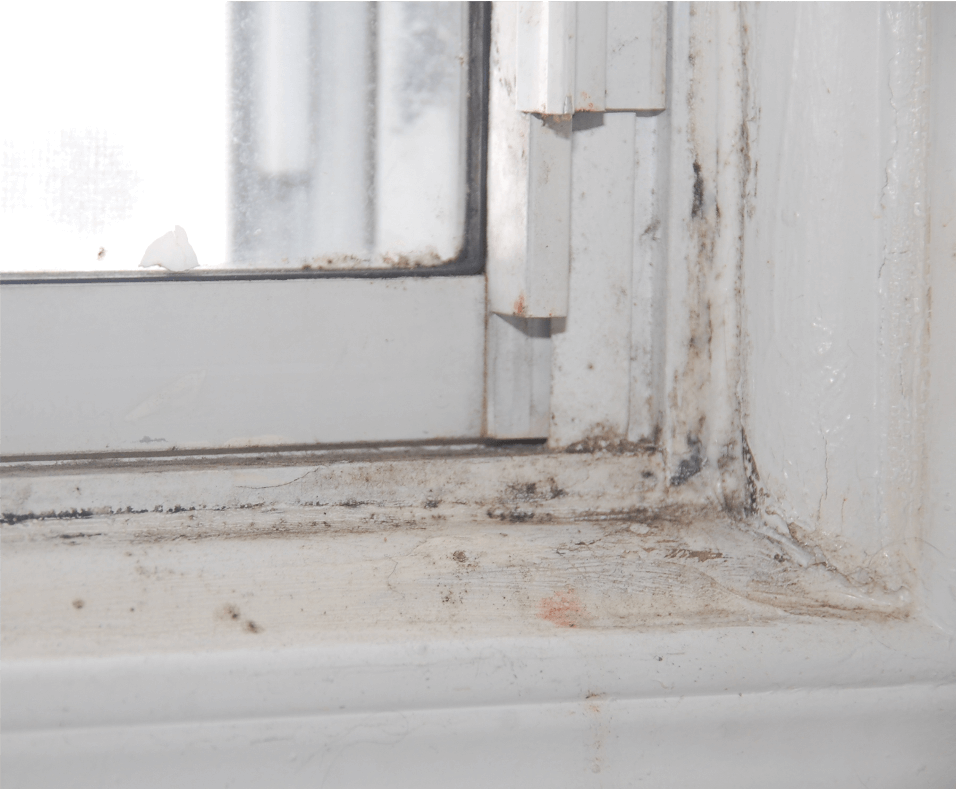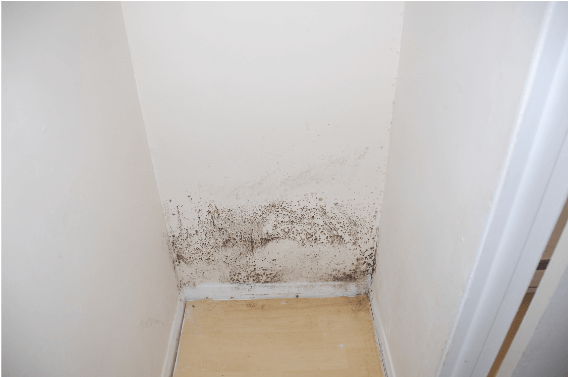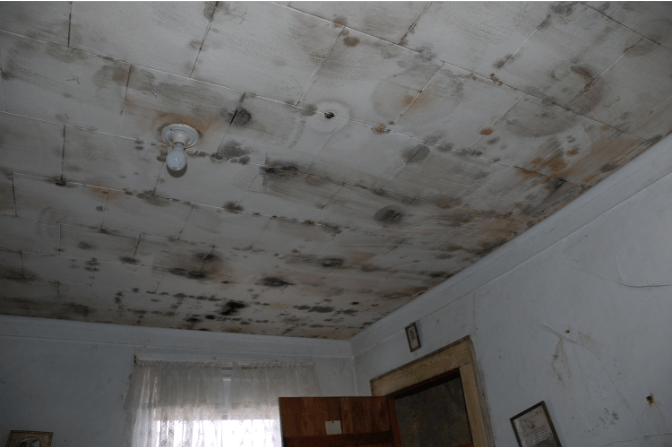Insurance claims requiring the services of a professional having a solid expertise in the field of mould management represent a significant percentage of the assignments entrusted each year to our Environmental team. Usually, mould contamination is not included in the insurance policy. However, when mould contamination is the result of an event covered by the policy, the management of those unpleasant microorganisms will often fall on the insurer.
 Unlike asbestos, exposure to mould in the interior air is not likely to result in the death of an individual in good physical condition. That being said, inhalation of mould fragments, spores or toxins, forming what are called bioaerosols, can lead to serious health problems. This is why the presence of moulds in the interior air of buildings has continuously preoccupied the public for the last 25 years, and why insurance claims and litigation related to mould have skyrocketed. The management of mould inside a building should never be taken lightly, particularly when individuals exposed are very young, old or when their immune system is weak or compromised.
Unlike asbestos, exposure to mould in the interior air is not likely to result in the death of an individual in good physical condition. That being said, inhalation of mould fragments, spores or toxins, forming what are called bioaerosols, can lead to serious health problems. This is why the presence of moulds in the interior air of buildings has continuously preoccupied the public for the last 25 years, and why insurance claims and litigation related to mould have skyrocketed. The management of mould inside a building should never be taken lightly, particularly when individuals exposed are very young, old or when their immune system is weak or compromised.
 Environmental investigations for mould carried out by CEP Forensic are usually a two‑step process. The first step is a basic environmental assessment performed to confirm the presence of mould and to reduce uncertainties about the extent of the contamination. When required, the second step of the investigation consists of a thorough inspection of the building done by a professional on our Civil Engineering team. The objective of this inspection is to determine what caused the mould to grow inside the building and ultimately determine if its presence can reasonably be related to the claim.
Environmental investigations for mould carried out by CEP Forensic are usually a two‑step process. The first step is a basic environmental assessment performed to confirm the presence of mould and to reduce uncertainties about the extent of the contamination. When required, the second step of the investigation consists of a thorough inspection of the building done by a professional on our Civil Engineering team. The objective of this inspection is to determine what caused the mould to grow inside the building and ultimately determine if its presence can reasonably be related to the claim.
An environmental investigation for moulds can include air and surface sampling. However, the investigation usually focuses on the history of the building and events that could explain mould growth, as well as health symptoms reported by occupants and signs suggesting an unusual presence of moulds on site (visible growth, odours, signs of water infiltration or excessive humidity, etc.).
 When the investigation process shows that there is an unusual presence of moulds inside the building and that mould growth is the result of the event that is the object of the claim, a specific remediation protocol is prepared to restore the site to its former environmental quality.
When the investigation process shows that there is an unusual presence of moulds inside the building and that mould growth is the result of the event that is the object of the claim, a specific remediation protocol is prepared to restore the site to its former environmental quality.
When the contamination is limited, remediation work can be done by a general contractor. However, when the work involves surfaces exceeding 100 m2, a remediation protocol can include isolation of the work area using polyethylene barriers, maintenance of negative air pressure, air filtration and inspections. Work of this extent is usually entrusted to specialized contractors.
For more information about mould management, please contact one of our environmental investigators at 877 686-0240 or info@cep-experts.ca.
